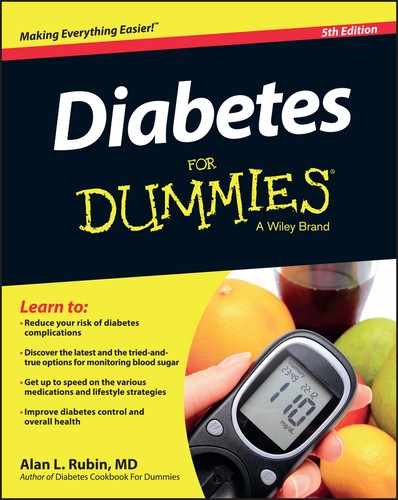Book Description
The straight facts on treating diabetes successfully
With diabetes now considered pandemic throughout the world, there have been enormous advances in the field. Now significantly revised and updated, this new edition of Diabetes For Dummies includes the latest information on diabetes medications and monitoring equipment, new findings about treating diabetes in the young and elderly, new ways to diagnose and treat long- and short-term complications, updated nutritional guidelines, new tools for measuring blood sugar and delivering insulin to the body, and much more.
There's no question that the burden of diabetes is increasing globally: it's estimated that 387 million people worldwide are living with diabetes, and that staggering number is expected to increase an additional 205 million+ by 2035. If you or a loved one is part of this overwhelming statistic, you can take comfort in the sensitive and authoritative information provided in this hands-on guide. From monitoring and maintaining your glucose to understanding the importance of exercising and eating right—and everything in between—Diabetes For Dummies takes the guesswork out of living with diabetes and empowers you to take control and keep your life on a healthy track.
Reduce your risk of diabetes complications
Discover the latest and the tried-and-true options for monitoring blood sugar
Get up to speed on the various diabetes medications and lifestyle strategies
Improve diabetes control and overall health
If you're one of the millions of diabetics or pre-diabetics in search of an accessible and up-to-date resource to help you manage this disease, Diabetes For Dummies is the trusted guide you'll turn to again and again.
